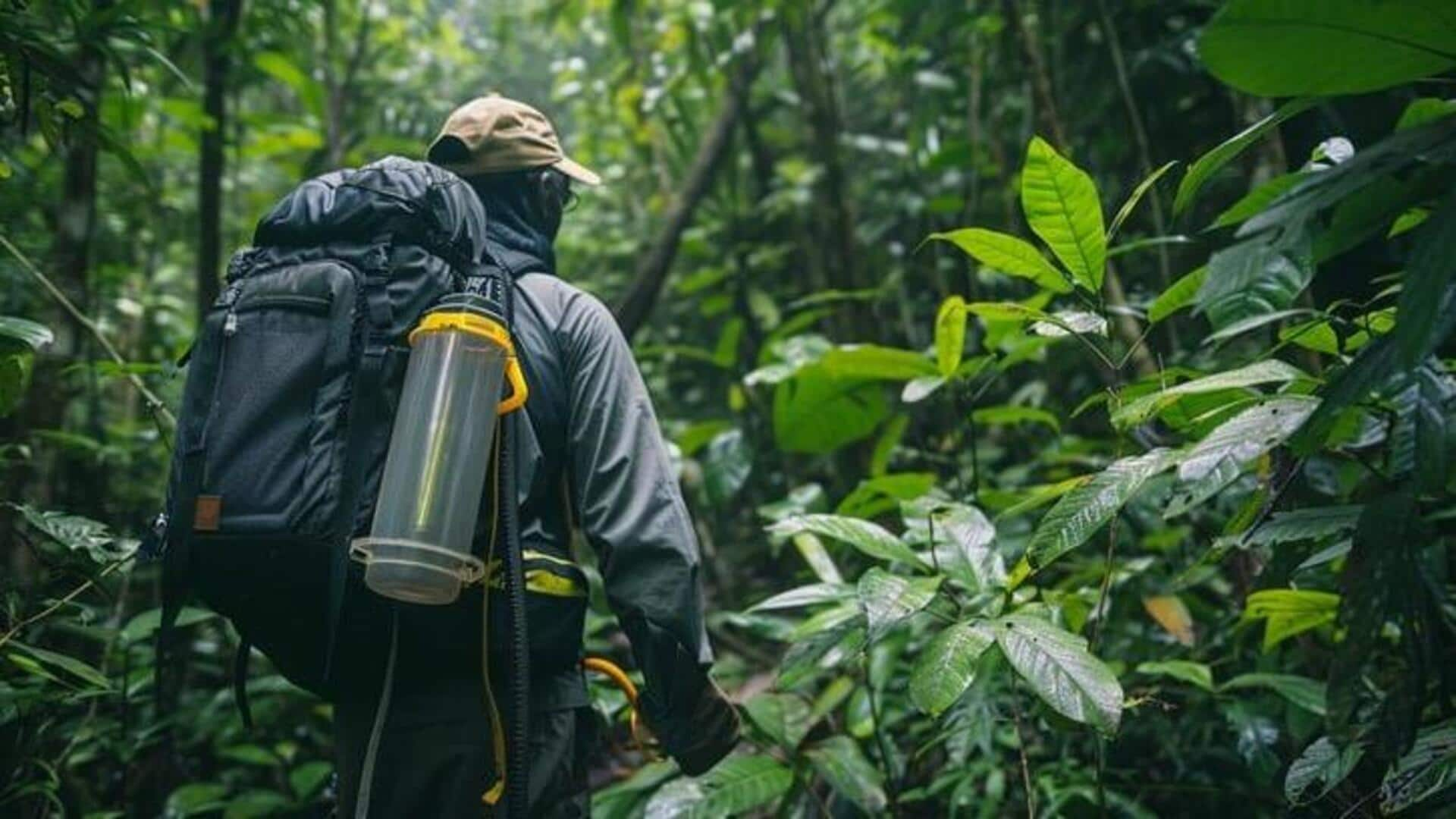
Wildlife treks: Dos and don'ts for a safe adventure
What's the story
Guided wildlife treks in ancient forests provide an opportunity to immerse in nature and learn about its ecosystems. You can observe wildlife, understand conservation, and navigate safely with expert guides. This educational journey unveils the secrets beneath the forest canopy, emphasizing the need to preserve these environments.
Ecosystem exploration
Discover diverse ecosystems
Guided wildlife treks allow you to explore various ecosystems within ancient forests. You can see various plant species, from towering trees to delicate ferns. The diversity of flora supports a wide range of fauna, creating a complex web of life. Guides often share insights into how these ecosystems function and their significance in maintaining ecological balance. This understanding enhances appreciation for nature's intricacies.
Wildlife observation
Observe wildlife in natural habitats
One of the highlights of guided treks is to observe wildlife in their natural habitats. From colorful birds sitting on a branch to elusive mammals hiding in leaves, every sighting makes the journey exciting. Guides help identify species and explain the behavior, enriching the experience with knowledge about animal habits and their role in the ecosystem. This firsthand observation fosters respect for wildlife conservation.
Conservation education
Learn about conservation efforts
Guided treks also involve conversations around conservation efforts to save the ancient forests and their dwellers. Participants are educated about issues like deforestation and climate change which risk these essential ecosystems. Guides may also focus on successful initiatives or projects in the pipeline towards sustainable solutions. Knowing about the efforts makes you responsible to save nature.
Safe navigation tips
Navigate safely through dense foliage
Navigating through dense forest foliage requires skilled guidance from experienced trek leaders, who ensure safety at every step. They also minimize environmental impact by sticking to trails wherever possible. This avoids disturbing natural habitats unnecessarily during exploration activities, such as photography sessions or rest breaks at scenic spots encountered en route. Trekking adventures into wilderness areas rich with biodiversity are waiting patiently just beyond reach, waiting to be discovered anew each time.